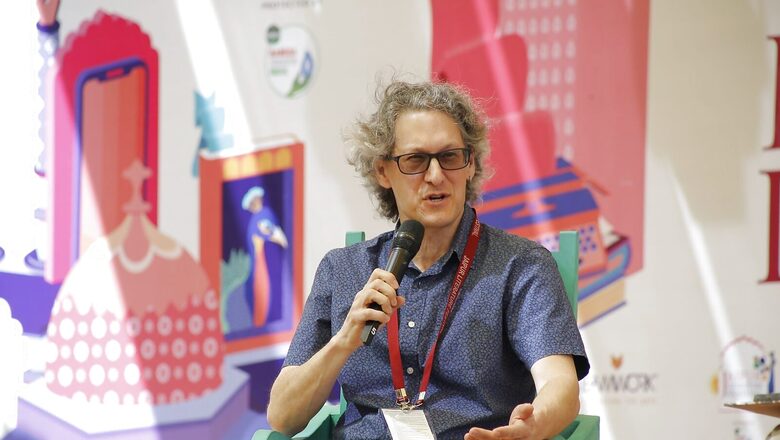
views
Marc David Baer’s fascinating works of non-fiction delve into the unknown characteristics of emperors who navigated the political landscape much like we see politicians do today. His latest work The Ottomans: Khans, Caesars and Caliphs makes the argument that the 16th century was, in fact, not the pivotal moment of decline for the Ottomans. The author who was at the Jaipur Literature Festival, explains how much of the politics remains the same among rulers, even today. Excerpts:
How strong a political tool is history?
In culture wars, it certainly is. It happens in England too, even to this day. There is poverty, the state of education is in trouble. But they don’t talk about that. You see the left or the liberals can never win the culture wars. The left looks at the past critically. In England it is Churchill. Churchill was a war hero, yes he was, but he was also a racist. He said horrible things about Indians. Critical historians like myself want to talk about that.
Was this something that emperors did during their times as well?
Very much so. In the 19th century, Abdul Hamid II, the last strong Ottoman sultan refurbished the tombs of Osman and Orhan, the first two sultans as a way to say, ‘look, I am connected to them’. This was his way to gain popular Muslim support and gain allegiance. There were different mediums at his disposal. He also would use different photographs to promote a certain image of himself in the west to show how civilized the Muslims were.
Does superiority complex come in here? To think of oneself as part of the greater populace? We see this across the border with Pakistan and the show Dirilis: Ertugrul.
Yes, the Pakistanis love the Turkish. If you look at Pakistan and Turkey today, they are middle sized countries. They are not that important. They are not that powerful. So, they like to dream about the day when Muslims ruled East and West. There is a lot of dreaming of the past. There is this imperial feeling. In England too there is this feeling among the right. England is very small than it was. But they like to think about the empire.
As a historian, when does the distinction between invaders and influencers come in play? Particularly when we talk about the Mughals in India.
There is history and then there is the writing of history. The Mughals spread their rule through conquest. Then they integrated all these different groups in the empire. They allowed many Shias and Hindus to remain how they were. The majority of the population they ruled over were Hindus. Same for the Ottomans, for centuries the majority of the population they ruled were Christian. In comparison, I would say that the Mughals were even more eclectic than the Ottomans. The Ottomans converted more people than the Mughals.
Read all the Latest Lifestyle News and Breaking News here
















Comments
0 comment